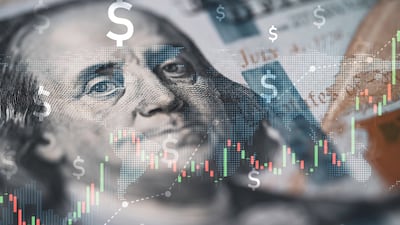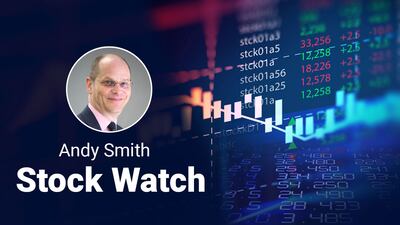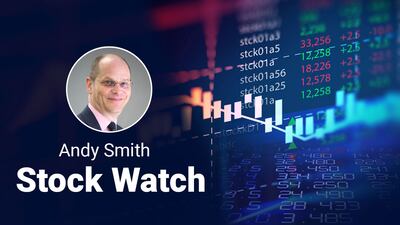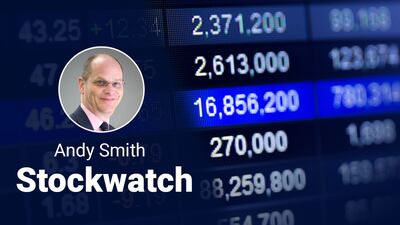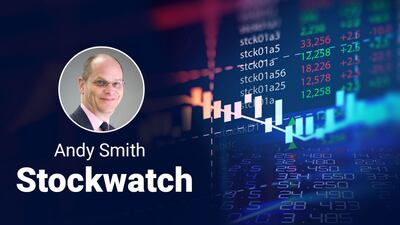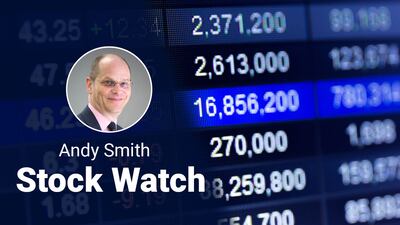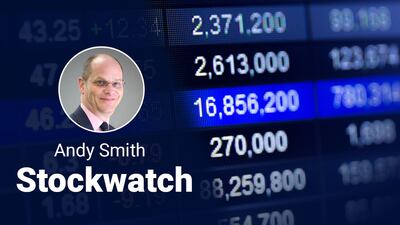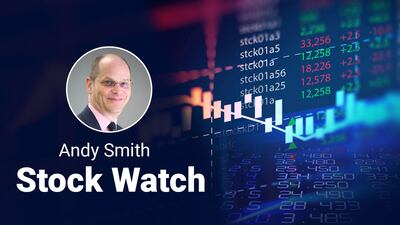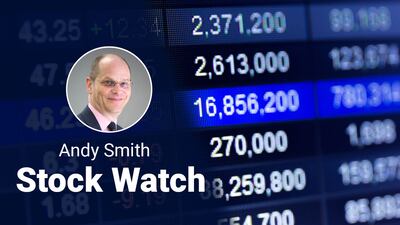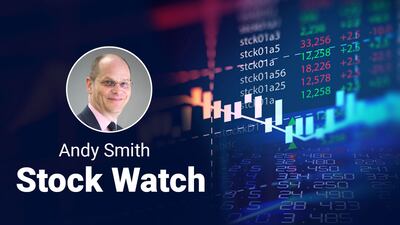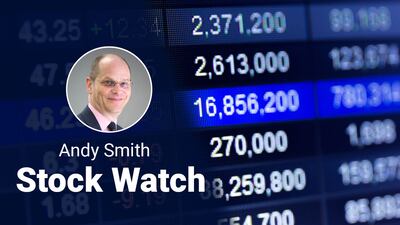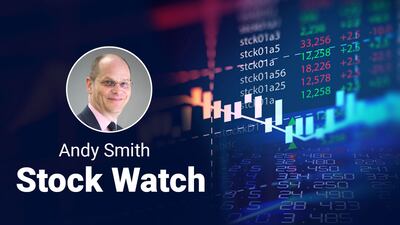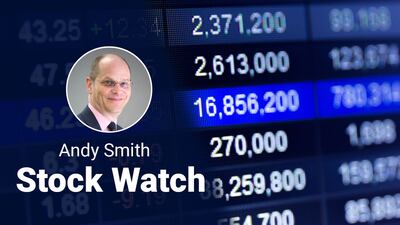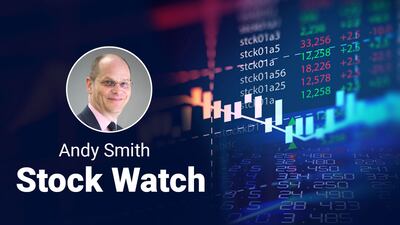Stock Watch
Merck’s immuno-oncology blockbuster was the world’s best-selling drugs by revenues for the second year in a row, with an almost $12bn lead over its closest rival, Novo Nordisk’s GLP-1 drug Ozempic.
R&D managers can sometimes drive a drug’s development despite evidence of its unviability. This has recently resulted in a scramble to adjust in-progress trial protocol and post-approval cost-effectiveness concerns.
As the pharma earnings season wrapped up, it seemed like a contest to see which company's stock price dropped the most after their announcement and which made the poorest acquisition.
Novo disappointed on high expectations with its second-quarter announcement resulting in stock price weakness. But after Lilly reported without disappointment, something unexpected happened.
One company’s weak quarterly sales should not make a pharmaceutical winter. But combine the lower sales of major vaccine families across three companies’ portfolios with weak demand in China and it starts to feel chilly.
Grouping products into 'growth' or 'launches' is a statement of high expectations. Reporting sales in China has had similar growth connotations, until recently.
Binary reactions continued in the second week of the earnings season as AstraZeneca and Sanofi unveiled their financials. This time, the performance of co-marketed products and differing exposures to China were possible culprits.
Both of the first two companies to report second-quarter financials maintained full-year sales guidance. But while Johnson & Johnson’s investors seemed cheered, Novartis’s may have been concerned about familiar issues.
When loss-making biotech companies mix debt with sluggish sales, difficult options like restructuring and asset sales remain.
Three new vaccines to prevent RSV infections in seniors and sales trends in pediatric vaccines highlight a shift away from childhood vaccines and a possible age-related immunity deficit.
Presenting at conferences allows companies to showcase data on new drugs and secure licensing partners, as well as further investment by shareholders. But two presentations at the recent EHA conference had the opposite effect.
When life hands a biotech company the equivalent of good grapes, the expectations are for its products to be the equivalent of fine wine. Before that Moderna looks likely to make lemonade.
Clinical trial results that readily excite stock market investors are subject to more stringent analysis by big pharma deal-hunters, despite their urgent need for pipeline renewal.
Investors reacted quite differently to Bayer’s first-quarter results and those of its licensing partner Regeneron. There are sound reasons for this. It seems unlikely that one will help the other.
Falling sales are not typically welcomed by investors, while good revenue growth is prized. The first-quarter earnings season provided exceptions to this rule, and then there was Amgen.
Investors warmed to the results of both GSK and AstraZeneca, where pressures that had emerged for competitors earlier in first-quarter earnings season were not as impactful.
After the volatility of pandemic-related sales, investor and analyst attention turned to pharma’s core businesses. With exclusivity losses weighing on those large components of pharma, Sanofi’s reclassification may bring some unwelcome attention.
The sun shines over a sector with multi-blockbuster products in their prime. But clouds are looming, and highly innovative products that cannot replace the sales shortfalls could lead to a re-rating of the sector’s growth prospects.
J&J’s Medtech division outshone pharma while recently launched innovative products contributed minimally: it is to be hoped investors’ reactions to the first set of big pharma Q1 results will not set the tempo for earnings season.


